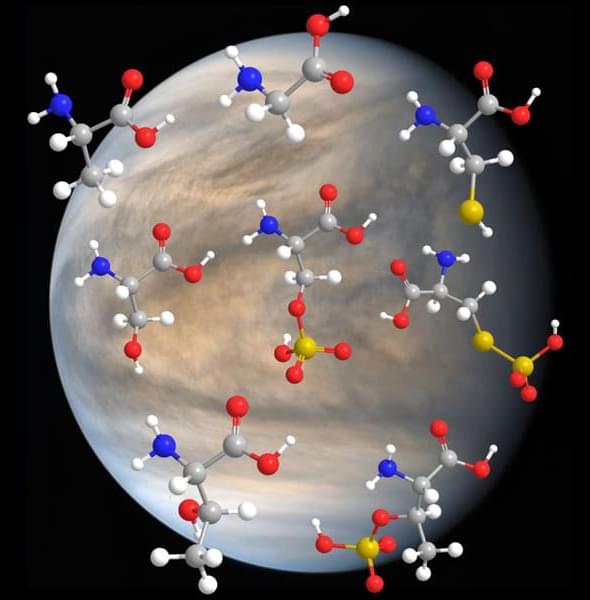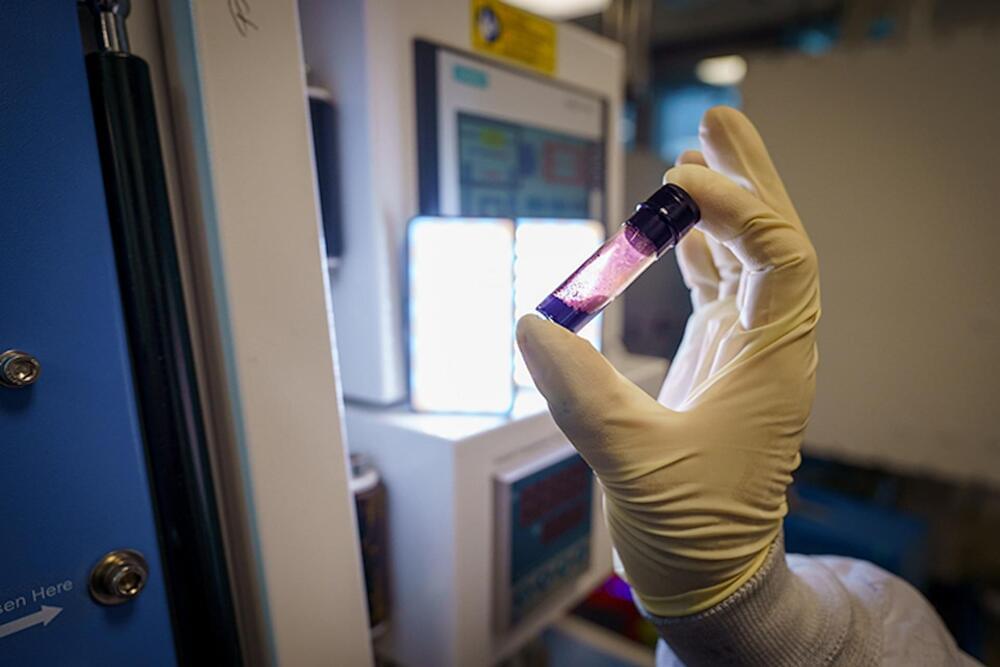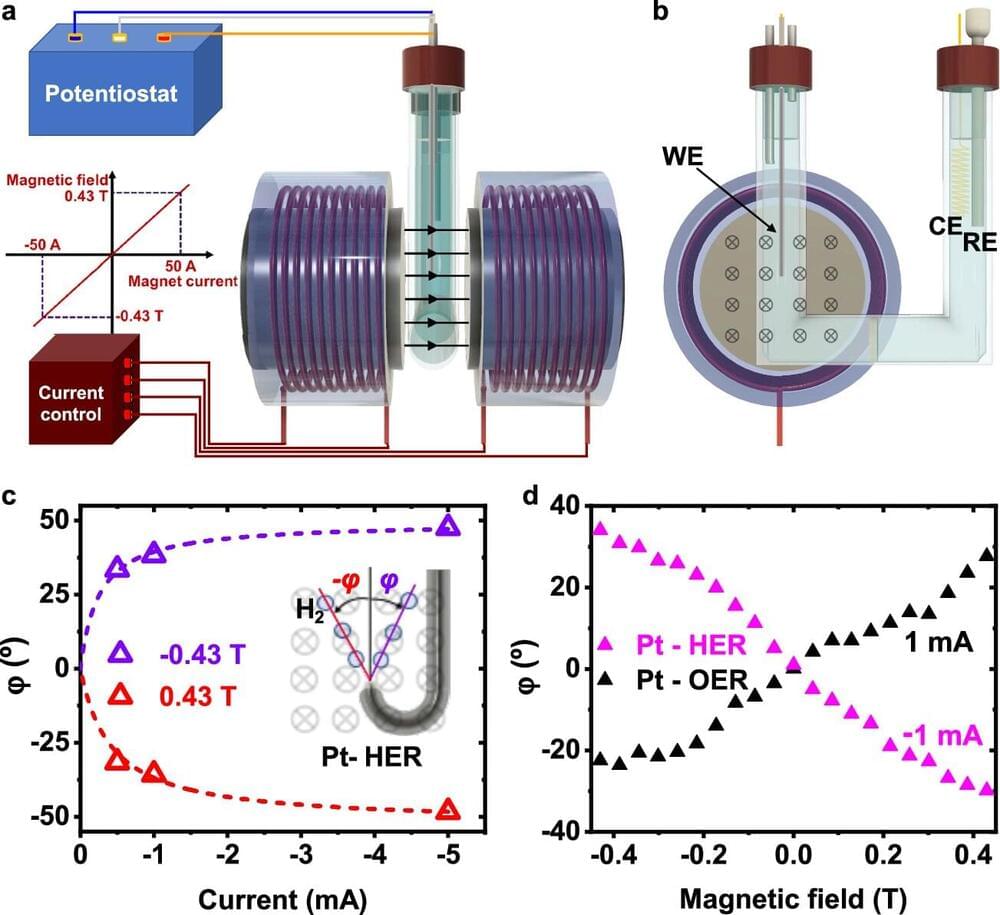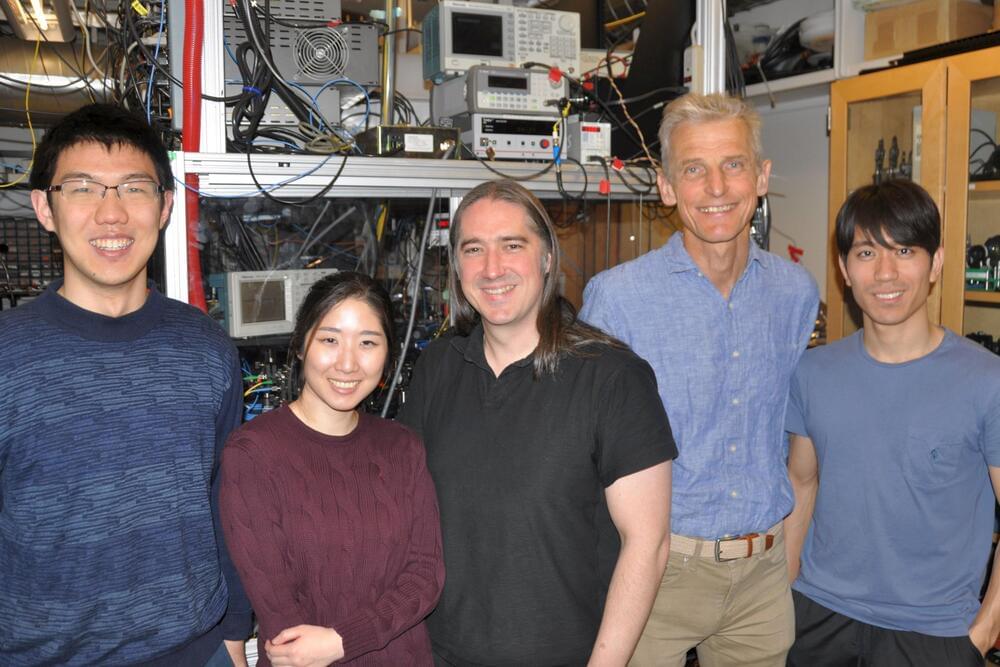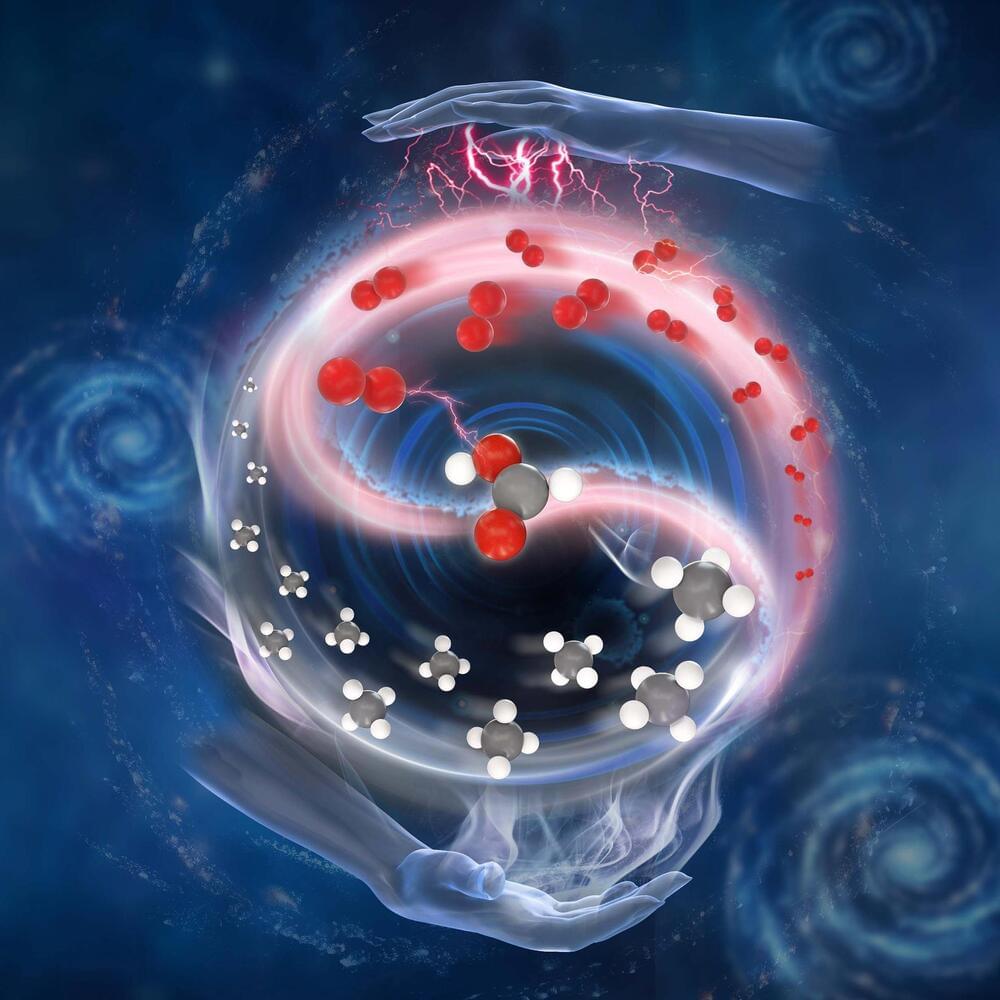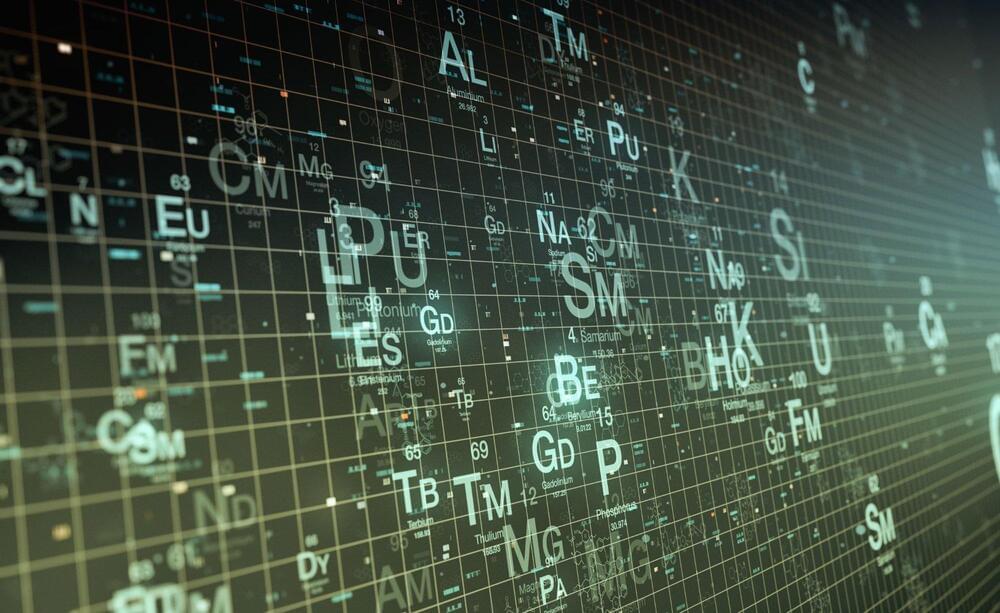Apr 5, 2024
Life’s Building Blocks are Surprisingly Stable in Venus-Like Conditions: Study
Posted by Natalie Chan in categories: alien life, chemistry
If there is life in the solar system beyond Earth, it might be found in the clouds of Venus. In contrast to the planet’s blisteringly inhospitable surface, Venus’ cloud layer, which extends from 30 to 40 miles above the surface, hosts milder temperatures that could support some extreme forms of life.
If it’s out there, scientists have assumed that any Venusian cloud inhabitant would look very different from life forms on Earth. That’s because the clouds themselves are made from highly toxic droplets of sulfuric acid—an intensely corrosive chemical that is known to dissolve metals and destroy most biological molecules on Earth.
But a new study by MIT researchers may challenge that assumption. Published today in the journal Astrobiology, the study reports that, in fact, some key building blocks of life can persist in solutions of concentrated sulfuric acid.
